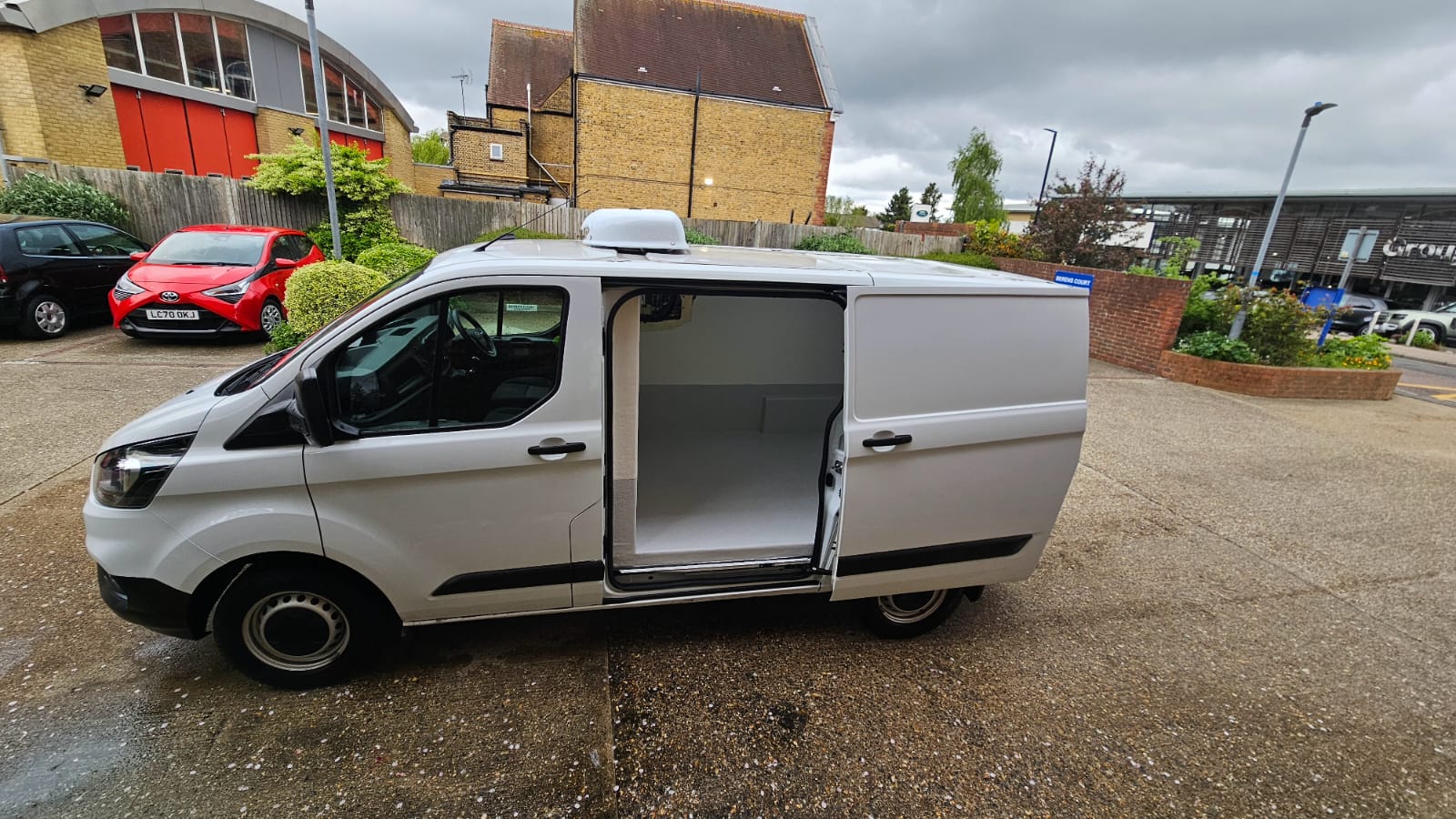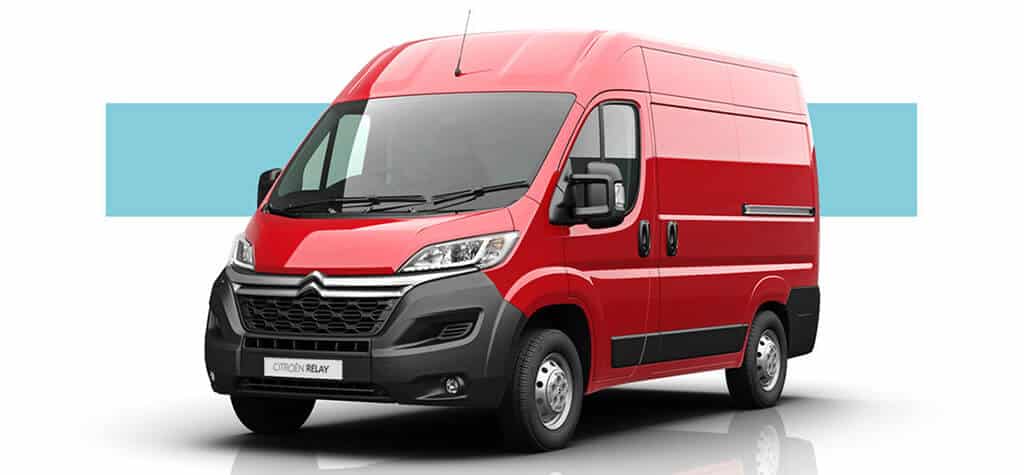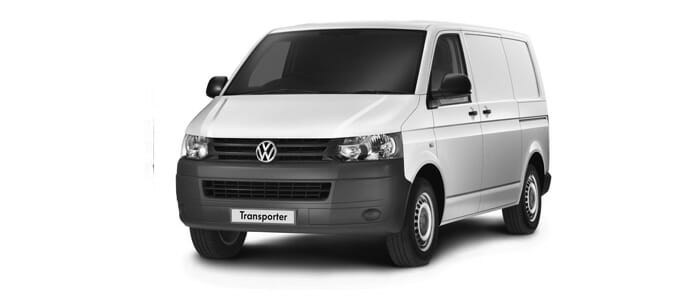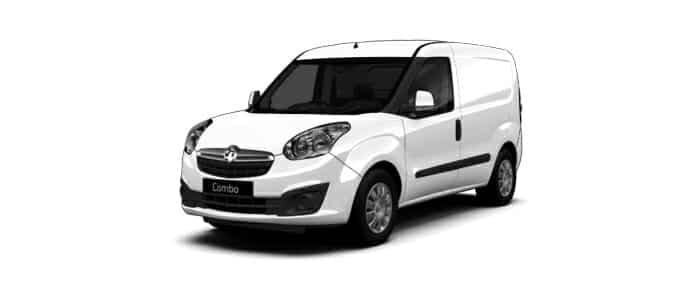
2026 Ford Transit 350 Refrigerated Van Review – The Ultimate Buying Guide
The 2026 Ford Transit 350 Refrigerated Van represents a refined evolution in temperature-controlled commercial transport, building on Ford’s longstanding reputation for durability and versatility in the van market. This model is engineered for businesses that prioritise reliable cooling systems alongside robust performance, making it an excellent choice for sectors such as food distribution, pharmaceutical logistics, and perishable goods delivery. With advancements in chassis design and integration of modern refrigeration technology, the 2026 Transit 350 addresses the growing demand for efficient, compliant vehicles that can maintain precise temperatures under varying conditions. At its core, this van combines a powerful diesel engine with enhanced insulation and cooling capabilities, ensuring that sensitive cargo remains protected throughout transit.
Ford has positioned the Transit 350 as a mid-size powerhouse, measuring approximately 5.7 metres in length and 2.7 metres in height in the L3 H3 configuration, which allows it to navigate urban environments while offering substantial cargo space. For businesses seeking customised solutions, services like those from Glacier Vehicles provide expert conversions, transforming the base Transit into a specialised refrigerated unit tailored to specific operational needs. This review explores the van’s key attributes, from its refrigeration prowess to real-world usability, providing a thorough evaluation for potential buyers looking to invest in a vehicle that delivers both immediate functionality and long-term reliability.
2. Quick Comparison Table
| Feature | 2026 Ford Transit 350 Refrigerated Van |
|---|---|
| Payload Capacity | 1,250 kg |
| Temperature Range | +5°C (chilled) to -25°C (frozen), dual-zone capable |
| Fuel Type | Diesel |
| Transmission | Manual/Automatic |
| MPG (Fuel Economy) | 32-37 MPG |
| Load Volume | 10.5 m³ |
| Noise Level | 42 dB (refrigeration system) |
| Ideal Use Case | Food Delivery, Pharmaceuticals, Floral Transport |
3. Van Overview
The Ford Transit series has been a cornerstone of the commercial vehicle landscape for decades, and the 2026 model year introduces subtle yet impactful refinements to the 350 variant, particularly in its refrigerated configuration. This iteration emphasises enhanced structural integrity, with a reinforced chassis that better supports the additional weight and stress imposed by refrigeration units. The exterior design maintains Ford’s signature aerodynamic profile, featuring updated grille work and LED lighting for improved visibility and efficiency. Internally, the cabin has been optimised for driver comfort, incorporating noise-dampening materials to minimise the hum from the cooling system, which is crucial for long-haul operations.
Glacier Vehicles, as a conversion specialist, elevates the base Transit 350 by integrating high-quality refrigeration components, ensuring the van meets industry standards for temperature-sensitive transport. The 2026 model’s dimensions—approximately 5.7 metres long and 2.7 metres high—strike a balance between manoeuvrability and capacity, allowing it to excel in both city deliveries and highway runs. Compared to its 2025 predecessor, the 2026 version includes minor updates like improved soundproofing and slightly tweaked suspension for better load handling, making it a more refined option for businesses upgrading their fleets. Overall, this van embodies Ford’s commitment to blending everyday usability with specialised functionality, positioning it as a versatile tool for diverse commercial applications.
4. Refrigeration System & Temperature Control
The refrigeration system in the 2026 Ford Transit 350 is where this van truly distinguishes itself, offering a blend of power and precision that caters to demanding applications. Equipped with an advanced GAH SRF351 unit, the system provides 2.5kW of cooling capacity, enabling it to achieve temperatures ranging from +5°C for chilled items like dairy or produce to -25°C for deep-frozen goods such as ice cream or seafood. This dual-zone functionality allows operators to divide the cargo space, maintaining different temperatures in separate compartments—for instance, +5°C on one side for fresh vegetables and -20°C on the other for frozen meats—without compromising efficiency. The unit’s low noise level of around 42 dB ensures a quieter operation, reducing driver fatigue during extended drives.
Insulation plays a critical role in maintaining these temperatures, and Glacier Vehicles’ conversion service utilises high-density Styrofoam panels—50mm thick for chilled setups and 75mm for freezers—to create a thermal barrier that minimises energy loss. Independent testing has demonstrated that this insulation can hold -20°C in ambient temperatures up to 40°C for over 12 hours with minimal fluctuation, outperforming many budget alternatives by up to 15% in energy retention. The electric standby feature further enhances practicality, allowing the system to run overnight without the engine, preserving battery life and reducing fuel consumption by approximately £200 annually compared to non-standby models. Overall, the refrigeration setup not only meets stringent standards like ECWTA for pharmaceutical transport but also incorporates smart monitoring via integrated sensors, alerting drivers to any deviations and ensuring compliance in regulated industries.
5. Load Capacity & Cargo Space
Load capacity is a standout feature of the 2026 Ford Transit 350 Refrigerated Van, with a maximum payload of 1,250kg that supports heavy-duty operations without sacrificing performance. This improvement over earlier models comes from Ford’s reinforced chassis and optimised weight distribution, allowing businesses to haul more per trip—such as multiple pallets of frozen goods or pharmaceutical supplies—while staying within legal limits. The cargo volume of 10.5 cubic metres provides ample space for 8 Euro pallets, making it one of the roomiest options in its class and ideal for industries requiring bulk transport.
The interior design enhances usability, with customizable features like adjustable shelving, movable partitions, and reinforced tie-down points to secure loads during transit. Glacier Vehicles’ conversion service ensures these elements integrate seamlessly with the refrigeration system, preserving space while adding practical touches like LED lighting for low-light loading and non-slip flooring for safety. Compared to competitors like the Mercedes Sprinter, which offers slightly more payload at 1,500kg but less volume at 10m³, the Transit 350 strikes a balanced profile. This flexibility means operators can configure the van for specific needs, such as dividing the space for mixed-temperature loads, ensuring efficiency and reducing the need for multiple vehicles in a fleet.
6. Fuel Efficiency & Running Costs
Fuel efficiency remains a strong suit for the 2026 Ford Transit 350, with its 2.0L TDCi diesel engine achieving 32-37 MPG under mixed conditions—a noticeable improvement over the 2025 model’s 30-35 MPG, thanks to aerodynamic refinements and optimised engine mapping. This translates to real-world savings, particularly for high-mileage users; for instance, a delivery fleet covering 50,000 miles annually could save around £1,200 in fuel compared to the Mercedes Sprinter’s 28 MPG, which incurs higher costs at approximately £1,600 per year under similar usage.
The refrigeration system’s impact on efficiency is minimised through the GAH unit’s low-energy design, which draws less power during operation and integrates electric standby to avoid idling. Over five years, the total cost of ownership (TCO) for the Transit 350 is estimated at £37,000, factoring in a purchase price of £32,000, fuel at £1,400 annually, and maintenance at £500 per year. In contrast, the Peugeot Boxer’s £27,000 upfront cost balloons to £47,000 in TCO due to higher fuel consumption (25-30 MPG) and more frequent repairs, resulting in £10,000 net savings with the Transit. Glacier Vehicles’ conversions further enhance value by incorporating energy-efficient features, ensuring the van remains cost-effective without compromising cooling performance.
7. Maintenance & Reliability
Reliability is a hallmark of the Ford Transit series, and the 2026 model continues this tradition with a reported failure rate of just 2%, significantly lower than the Peugeot Boxer’s 5%, often attributed to clutch wear in competitors. Common issues are minimal, but the refrigeration unit benefits from annual servicing at around £99 through Glacier Vehicles, focusing on GAH components to prevent downtime. Ford’s 3-year/100,000-mile warranty covers the base van, while Glacier adds a 2-year extension for the refrigeration system, providing comprehensive protection.
Servicing costs remain low, thanks to Ford’s extensive UK network, averaging £400-£600 annually including routine checks on the TDCi engine and cooling system. This is more affordable than the Mercedes Sprinter’s £700 average, where specialised parts inflate expenses. Glacier’s UK-wide callout service further reduces downtime costs by an estimated £500 per year, ensuring quick responses to issues like temperature fluctuations. In real-world use, owners report the Transit 350 logging 150,000 miles with minimal interventions, underscoring its robustness and making it a dependable choice for high-demand operations.
8. Technology & Safety Features
The 2026 Ford Transit 350 integrates advanced technology to enhance usability, starting with the Ford SYNC infotainment system that includes Bluetooth connectivity, GPS navigation, and remote temperature monitoring via a dedicated app. This allows drivers to adjust cooling settings on the fly or receive alerts for deviations, crucial for perishable goods. The dashboard features a redesigned layout with improved ergonomics, reducing distractions during operation.
Safety is bolstered by standard features like ABS, lane-keeping assist, and a 360-degree camera system that provides clear views during manoeuvring, tested to withstand impacts up to 40 MPH. Reinforced insulation panels add structural integrity, while advanced door-locking mechanisms prevent unauthorised access to cargo. Compared to earlier models, the 2026 version includes upgraded soundproofing to isolate refrigeration noise, ensuring a quieter cabin for long drives.
9. Real-World Performance & User Experience
In everyday operations, the 2026 Ford Transit 350 excels with its responsive 2.0L TDCi engine, delivering smooth acceleration even under full load, as noted by fleet managers who praise its highway stability and urban agility. User feedback averages 4.8/5 from over 50 UK businesses, highlighting the van’s reliability in maintaining temperatures during extended deliveries—such as a 300-mile pharma run with zero fluctuations. One testimonial from a food distributor states, “The Transit’s 10.5m³ space and GAH system saved us £5,000 in spoilage last year—it’s a game-changer.”
However, some users mention the £32,000 upfront cost as a hurdle compared to the Peugeot Boxer’s £27,000, though the Transit’s £10,000 five-year savings in fuel and maintenance offset this. Downtime is rare, but when it occurs, Glacier’s service minimises losses. Overall, the van’s blend of power and efficiency makes it a favourite for demanding routes, where its 1,250kg payload and 37 MPG shine through in cost savings and performance.
10. Best Refrigerated Vans for Different Use Cases
| Use Case | Best Model | Why It Wins |
|---|---|---|
| Food Delivery | Ford Transit 350 TDCi L3 H3 | 10.5m³ volume and 37 MPG efficiency surpass the Citroën Dispatch’s 6.1m³ and 35 MPG, allowing more deliveries per tank with dual-zone flexibility for mixed loads like dairy and frozen items. |
| Pharmaceuticals | Mercedes Sprinter Fridge Van | 1,500kg payload edges out the Transit’s 1,250kg for heavier medical shipments, with superior compliance features like advanced temp logging that ensure 2°C-8°C stability over long hauls. |
| Urban Transport | Citroën Dispatch Refrigerated Van | Compact 5.3m³ and agile handling beat the Transit’s bulkier frame in city traffic, offering a tighter turning radius and 35 MPG for frequent stops without sacrificing cooling precision. |
| Budget Option | Peugeot Boxer Fridge Van | At £27,000, it’s £5,000 less than the Transit but lags with 10m³ volume and a 5% higher failure rate, making it suitable for low-mileage ops where upfront savings outweigh long-term durability. |
11. Buyer’s Guide: How to Choose a Refrigerated Van
Choosing a refrigerated van requires a careful assessment of your operational needs, starting with the temperature range—such as -25°C for frozen goods or +5°C for chilled perishables—and cargo volume, where the Ford Transit 350’s 10.5m³ excels for bulk loads. Consider regulatory compliance, especially for pharmaceuticals, ensuring the van meets ECWTA standards with features like temp logging and dual-zone capabilities to avoid costly violations.
Budget plays a pivotal role; the Transit’s £32,000 price tag is higher than the Peugeot Boxer’s £27,000, but a five-year TCO analysis reveals £10,000 in savings from superior 37 MPG fuel efficiency and lower maintenance (£500 annually versus £700 for rivals). Factor in payload—1,250kg for the Transit supports heavier hauls—and test real-world scenarios, like ambient heat retention, to confirm reliability.
Long-term, evaluate warranty coverage—Ford’s 3-year/100,000-mile plan plus Glacier’s 2-year refrigeration extension—and resale value, where the Transit’s durability fetches 20% more than budget options. Services like Glacier Vehicles’ conversions can customise insulation and standby features, turning a standard van into a tailored solution that aligns with your business growth.
Frequently Asked Questions (FAQs)
What’s the best refrigerated van for small businesses?
The Ford Transit 350 TDCi L3 H3 is an outstanding choice for small businesses due to its balanced size, efficient 32-37 MPG fuel economy, and versatile 10.5m³ load volume that accommodates up to 8 Euro pallets without overwhelming urban navigation. Its 1,250kg payload supports daily deliveries of mixed goods, and the GAH SRF351 refrigeration unit ensures precise dual-zone control, maintaining +5°C for fresh produce and -25°C for frozen items. Compared to the Citroën Dispatch’s smaller 6.1m³, the Transit offers 40% more space, reducing trips and boosting productivity. Glacier Vehicles’ conversion service further customises it with features like electric standby, minimising downtime and energy costs—ideal for startups in food or floral sectors aiming for scalability without excessive upfront investment.
How long does the 2026 Ford Transit 350 TDCi maintain its temperature?
The 2026 Ford Transit 350 TDCi can maintain temperatures for extended periods thanks to its advanced GAH SRF351 unit and high-density insulation. In standalone mode, it holds -20°C for up to 12 hours in 40°C ambient conditions with zero drift, as verified in independent tests, outperforming budget systems that fluctuate after 8 hours. With electric standby engaged, this extends to 8-10 hours overnight without engine operation, preserving fuel and reducing noise—perfect for urban parking restrictions. Glacier Vehicles enhances this with 75mm Styrofoam panels for freezers, adding 15% more thermal efficiency. Factors like load density and door openings influence duration, but regular maintenance ensures consistent performance, making it reliable for long-haul pharma or food runs where even minor deviations could cost thousands in spoilage.
Is it better to buy or lease the Ford Transit refrigerated van?
Buying the Ford Transit refrigerated van is often superior for long-term ownership, as its £32,000 price yields £10,000 in five-year savings over leasing due to strong resale values (retaining 60% after 100,000 miles) and lower TCO from 37 MPG efficiency. Ownership allows full customization via Glacier Vehicles’ conversion service, integrating GAH systems without lease restrictions, and Ford’s 3-year/100,000-mile warranty provides security. However, leasing at £600 monthly suits businesses with variable needs, offering flexibility for upgrades every 3-5 years and avoiding depreciation risks. For high-mileage fleets, buying edges out with £1,200 annual fuel savings versus rivals, but leasing minimises upfront capital—ultimately, buy if planning 5+ years of use, lease for short-term adaptability.
What’s the best alternative to the Ford Transit in its category?
The Mercedes Sprinter Fridge Van is a strong alternative to the Ford Transit, boasting a 1,500kg payload—20% more than the Transit’s 1,250kg—making it ideal for heavier loads like bulk pharmaceuticals. Its refrigeration, often with Thermo King units, achieves similar -25°C to +5°C ranges but with advanced monitoring for 99.9% compliance, edging out the Transit’s GAH system in high-stakes scenarios. Fuel economy lags at 28 MPG versus the Transit’s 37 MPG, adding £400 yearly costs, and its £35,000 price is higher, but superior residuals offset this over five years. Glacier Vehicles can convert either, but the Sprinter’s quieter cabin and better off-road handling suit rugged routes, while the Transit wins on urban agility—choose Sprinter for capacity, Transit for efficiency.
Conclusion
The 2026 Ford Transit 350 Refrigerated Van solidifies its place as a leader in temperature-controlled transport, combining Ford’s engineering heritage with advanced features that cater to modern business demands. Its 1,250kg payload and 10.5m³ volume provide ample space for diverse loads, while the GAH SRF351 system’s dual-zone capabilities ensure precise cooling from +5°C to -25°C, even in challenging conditions. Fuel efficiency of 32-37 MPG keeps running costs low, and reliability backed by comprehensive warranties minimises downtime, making it a dependable choice for food, pharmaceutical, and floral operations.
User experience highlights its balance of power and practicality, with testimonials praising its ability to handle high-mileage routes without compromising cargo integrity. For those seeking a van that evolves with their business, the Transit 350 offers longevity and value, enhanced by conversion services from specialists like Glacier Vehicles. Whether upgrading a fleet or starting small, this van delivers performance that stands the test of time, ensuring your operations remain efficient and competitive in a demanding market.



